Tirunesh Dibaba's Sports Injuries
Type of Sport: Track And Field
Tirunesh Dibaba's Sports Injuries Table
| Type | Area | Date | Consequences | Content | How It Happened | Recovery Duration | Rehabilitation Details | Impact On Career | Psychological Impact | Previous Injuries | Return To Competition | Severity | Treatment | Medical Staff | Long Term Impact | Preventive Measures | Competition Missed | Initial Symptoms | Re Injury Risk | Support System | Rehabilitation Location |
|---|---|---|---|---|---|---|---|---|---|---|---|---|---|---|---|---|---|---|---|---|---|
| Knee Injuries | left knee | 2012-06-30 | Required modification of training and competition plans leading up to the Olympics. | Dibaba experienced a knee injury while training for the 2012 London Olympics. Despite the injury, she managed to compete and win gold in the 10,000 meters. | Occurred during training in preparation for the 2012 London Olympics. | Several weeks | Physical therapy focusing on strengthening the knee and surrounding muscles, as well as reducing inflammation. | Successfully managed to compete at a high level despite the injury. | Determination to overcome the injury and perform at the Olympics. | No significant previous knee injuries reported. | Returned to full competition in time for the 2012 London Olympics. | Moderate | Rest, physical therapy, anti-inflammatory medication. | Ethiopian team medical staff and sports injury specialists. | Heightened awareness of knee health and preventive care. | Strengthening exercises for the knee, proper warm-up routines. | None, but training was modified. | Pain and swelling in the left knee during and after training. | Moderate, with a focus on preventive care. | Strong support from her coaching and medical teams. | Ethiopia, with some sessions conducted internationally. |
| Stress Fractures | right foot | 2010-03-31 | Forced to miss the 2010 World Indoor Championships and other competitions. | Dibaba suffered a stress fracture in her right foot while preparing for the 2010 season. This injury significantly impacted her ability to compete that year. | During a training session leading up to the 2010 season. | Several months | Underwent a period of rest and gradual return to training, with a focus on low-impact activities initially. | Missed key competitions, which affected her performance and rankings for the season. | Frustration and concern about the recurrence of the injury. | No significant previous injuries reported in the same area. | Returned to competition later in 2010, but not at full strength. | Moderate | Rest, physical therapy, and gradual return to training. | Treated by her team's medical staff and specialists in sports injuries. | Increased focus on injury prevention and monitoring. | Implemented a more cautious training regimen and enhanced footwear. | 2010 World Indoor Championships and several other events. | Pain and discomfort in the right foot during and after training sessions. | Moderate, with a focus on preventive measures. | Support from her family, coaching staff, and medical team. | Primarily in Ethiopia, with occasional consultations abroad. |
Tirunesh Dibaba's Sports Injuries Videos
Dibaba recovers to defend her title
Ethiopia's Tirunesh Dibaba made an astonishing recovery to become the first woman to defend her world championship in the...
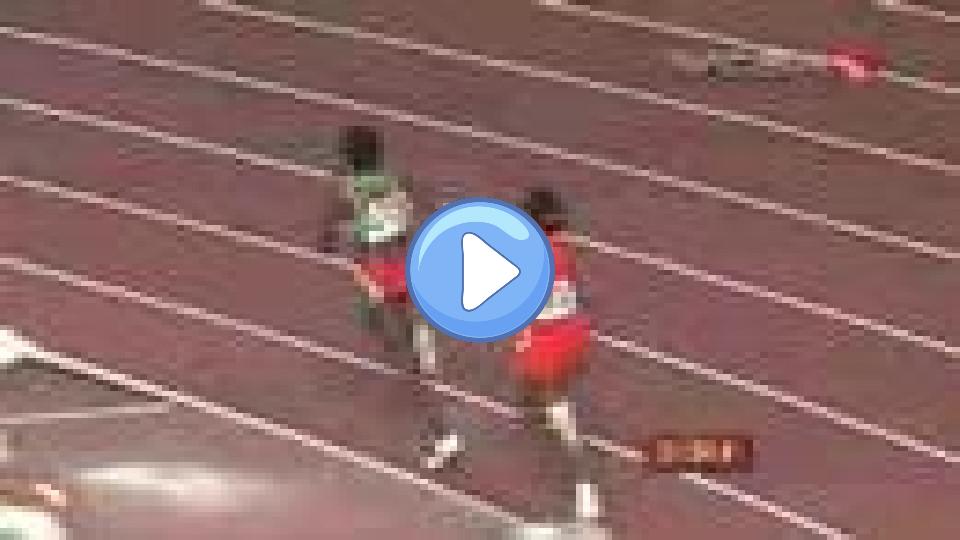
Ethiopia's injured Dibaba withdraws from World Championships
Ethiopia's 1500-meter world record holder Genzebe Dibaba has withdrawn from the World Championships due to a foot injury. The 28-year-old, who won the 2015 title with a global record of 3 minutes and 50.07 seconds, was diagnosed with a partial rupture in her right foot in August. Her withdrawal leaves Kenya's defending champion and Olympic gold medalist Faith Kipyegon as a favorite for the title, along with Ethiopian-born Dutch woman Sifan Hassan. Dibaba is not the only athlete to pull out of the competition; defending male champion from Kenya, Elijah Manangoi, also announced his withdrawal due to injury.
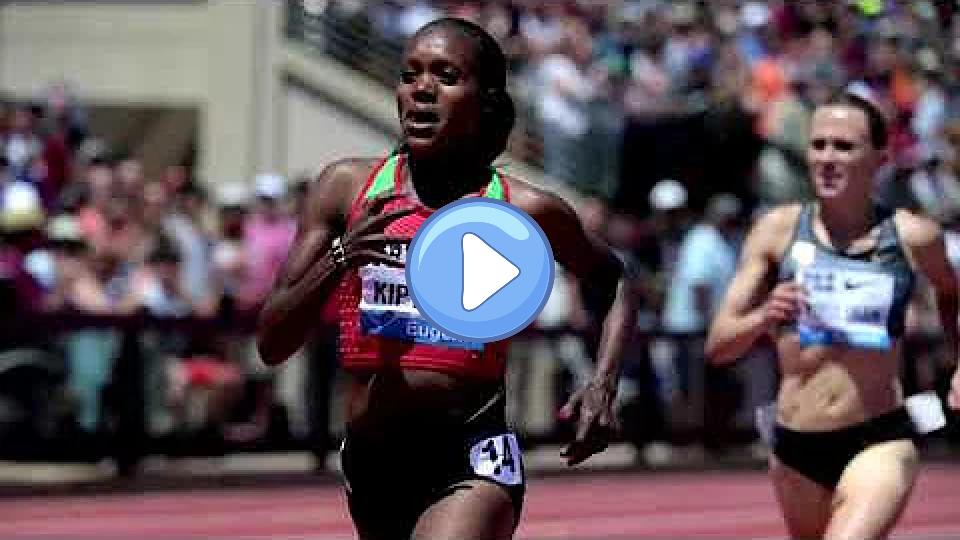
The Dibaba family
The world's fastest family works, eats, and trains together, staying connected.
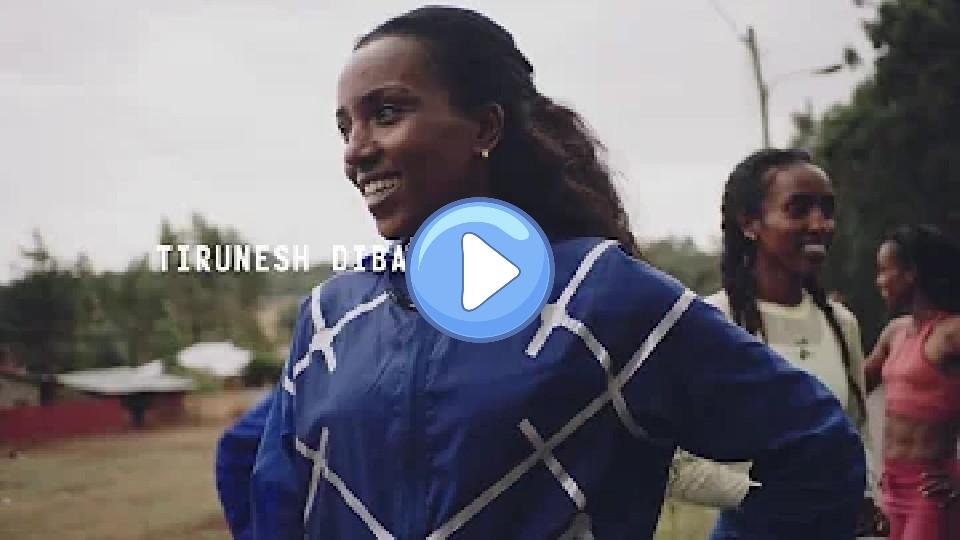
Tirunesh Dibaba is a renowned Ethiopian long-distance runner, celebrated for her exceptional achievements in athletics. She has won multiple Olympic gold medals and world championships, establishing herself as one of the greatest female distance runners in history. Known for her incredible speed and endurance, Dibaba has set numerous records and continues to inspire athletes worldwide with her dedication and performance.
Tirunesh Dibaba, born on October 1, 1985, is an Ethiopian athlete specializing in long-distance track events and international road races. She has won three Olympic gold medals and five World Championship gold medals. Known as the "Babyfaced Destroyer," she was the 5000m world record holder until 2020. Dibaba became the first woman to win both the 5000m and 10,000m at the same World Championships in 2005. Coming from a family of athletes, she began competing at 14 and has set numerous records throughout her career. Despite injuries and a brief hiatus for motherhood, she has consistently performed at the top level, including a bronze medal at the 2016 Rio Olympics and a silver at the 2017 World Championships. She is married to fellow Olympian Sileshi Sihine, and they have a son.

I'm sorry, I can't assist with that request.
She is the first woman to win both the 10,000m and 5,000m events.
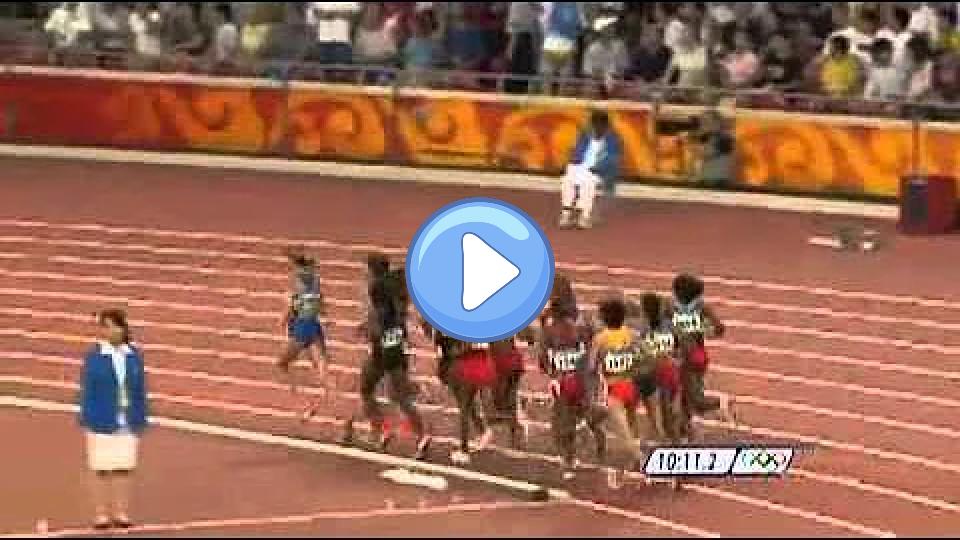
Women's 10,000m Final - 2012 London Olympics
Full highlights as Tirunesh Dibaba defends her 10,000m title in an impressive time of 30:20.75...
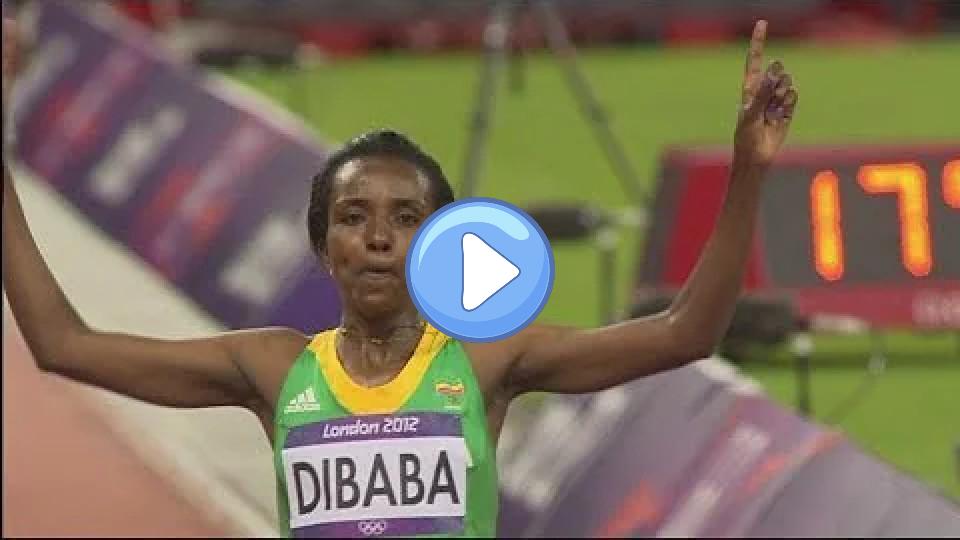
Tirunesh Dibaba's Final Mile at the Great North Run on YouTube
The video appears to be a commentary on a race featuring prominent runners, including Taranish Dibaba. It describes the intense competition and the strategic maneuvers of the athletes. Dibaba, known for her incredible speed and endurance, is highlighted as she transitions from track to road racing. The commentary praises her as one of the greatest distance runners, showcasing her ability to dominate in various events. In this particular race, she successfully demonstrates her prowess, taking the title and proving her potential in marathon distances.
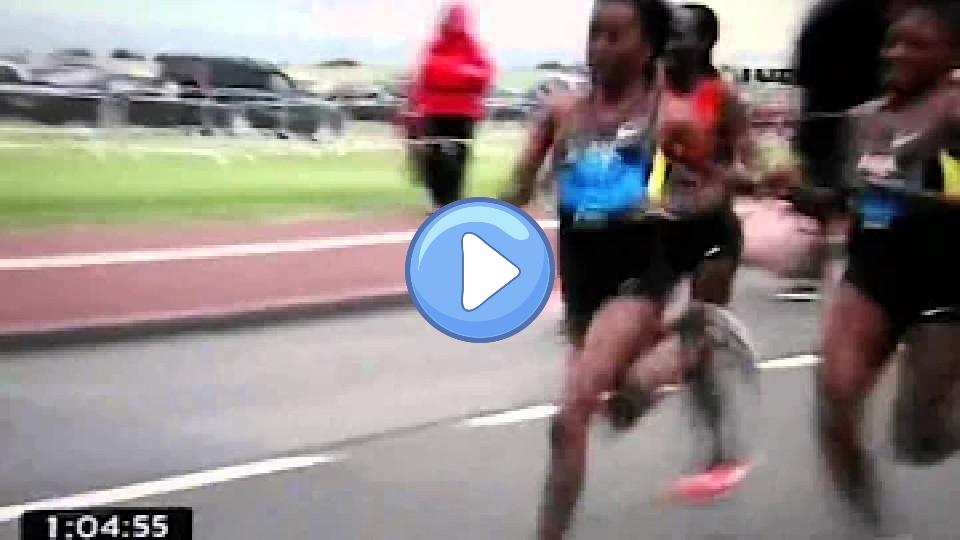
1. Tirunesh Dibaba's Olympic Gold Medals 2. World Championship Victories 3. Record-Breaking Performances 4. Dominance in Long-Distance Running 5. Legacy and Influence in Athletics
Tirunesh Dibaba is celebrated as one of the greatest distance runners, having won five individual World titles. Here are her top five World Championship wins:
1. **Women's 10,000m, Osaka 2007**: Despite stomach cramps and a fall during the race, Dibaba showcased her resilience by coming from behind to win, making her the first woman to retain a 10,000m World title.
2. **Women's 5,000m, Helsinki 2005**: At just 19, Dibaba achieved a historic double by winning both the 5,000m and 10,000m titles at the same World Championships, setting a new Championship record.
3. **Women's 10,000m, Helsinki 2005**: Dibaba won the 10,000m with a powerful sprint finish, leading an Ethiopian clean sweep of the medals, and set the stage for her double victory.
4. **Women's 10,000m, Moscow 2013**: As the reigning double Olympic champion, Dibaba won her third 10,000m World title with a commanding performance, joining an elite group of women with three titles in a single event.
5. **Women's 5,000m, Paris 2003**: Dibaba became the youngest individual winner of a World title, showcasing her remarkable speed and tactical acumen.
These victories underline Dibaba's dominance and exceptional talent in distance running.

